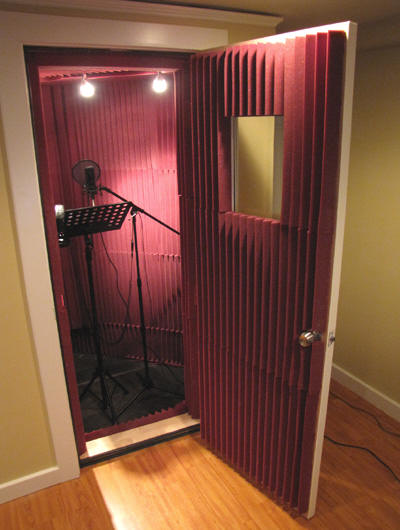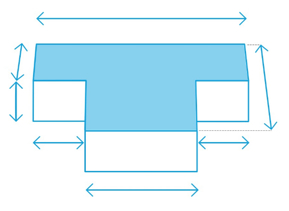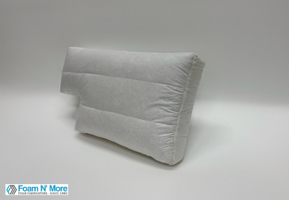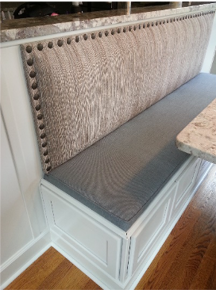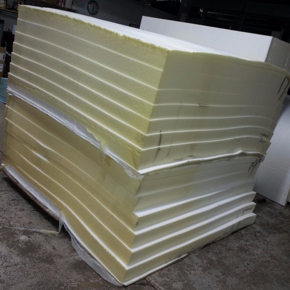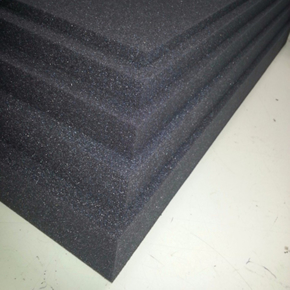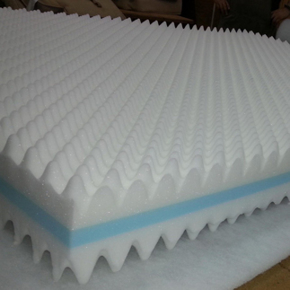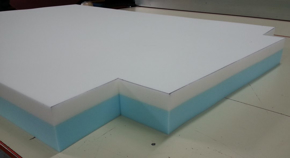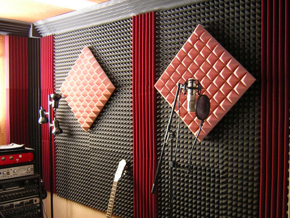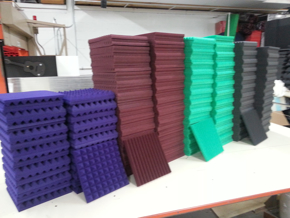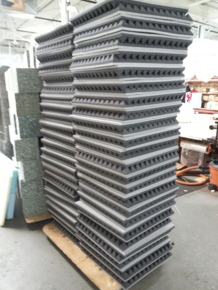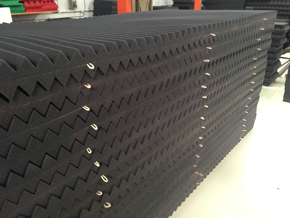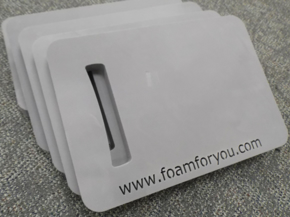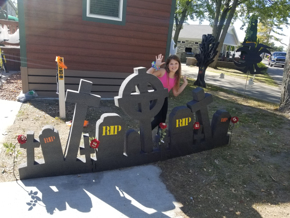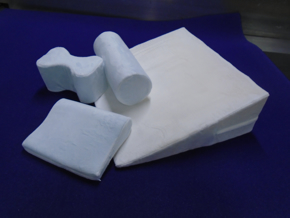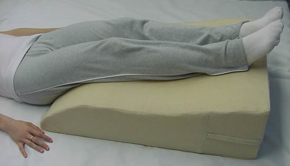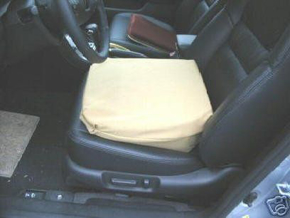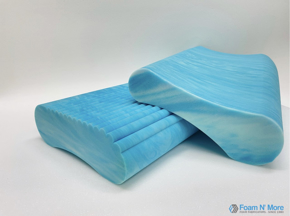Different Ways to Soundproof Your Home
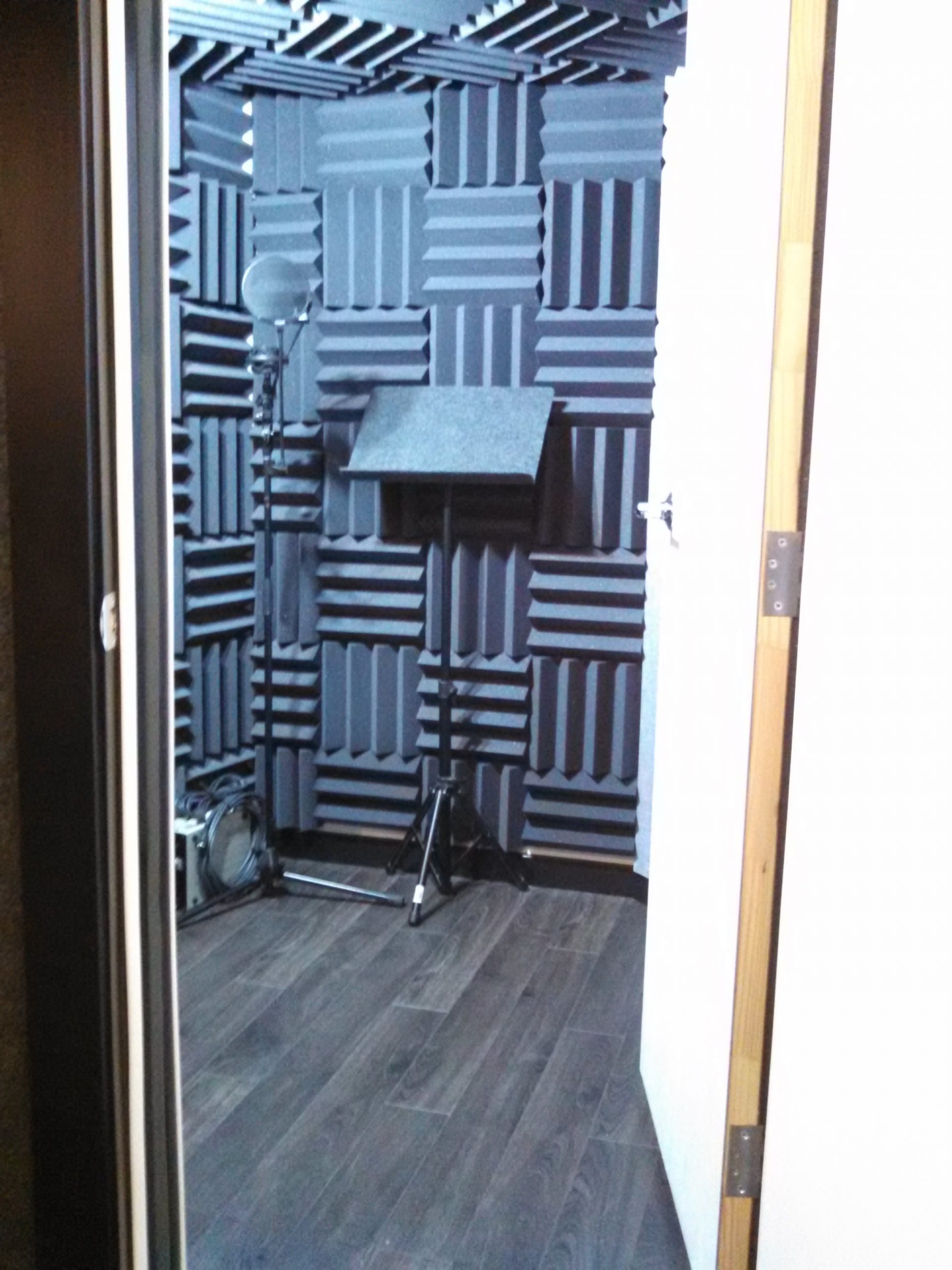
Soundproofing isn’t just for music studios!
If you’re not interested in hearing the sounds of the city as background music for your home life or you enjoy practicing your saxophone in the middle of the morning, you might want to consider soundproofing your home.
Soundproofing your home has many benefits, including improving sleep quality and lowering stress levels. You want your home to be a respite from a busy day, not a place you want to run away from as well.
How Does Soundproofing Work?
Soundproofing, or technically sound insulation, works by preventing the transmission of sound from one space to another. Once a sound wave hits a surface, it has two options. It either passes through the surface, or it is reflected back to where it came from.
Effective soundproofing depends on the size, density, thickness, and structure of the objects designed to block sound. Generally speaking, the denser the object, the better.
Let’s talk about some different ways to soundproof your living space.
- Rearrange your furniture. Have you ever noticed how an empty house seems to bounce every sound off the walls, but once you add your furniture, things seem to quiet down? Furniture absorbs sounds, so pushing your couch and bookshelves against walls will keep sounds from other rooms passing through to the room you’re in.
- Add a rug or carpet. Carpet isn’t just an aesthetically pleasing addition to your living space. Carpet also helps cut down on excess noise by absorbing those pesky soundwaves. And as a bonus, it also takes care of stepping out of bed onto a cold floor in the middle of the winter. If you’re not interested in laying carpet over your floors, investing in a few rugs will go a long way to soundproofing your space.
- Use blankets in a pinch. Do you need a new use for those heavy winter blankets? If you need some last-minute soundproofing, those heavy blankets will work very well. Cover the offending walls with the blankets and add as many layers as you want. This method isn’t necessarily attractive, but your walls will be insulated.
- Purchase foam for the walls. If you have a room that needs extra volume control like a theater or in-house recording studio in your closet or small room acoustic foam will be a long-term solution to your noise pollution problem. Covering your walls in wedge or pyramid acoustic foam will enrich acoustical dynamics such as maximizing speech intelligibility and minimizing reverberations. Using acoustic foam against your walls is a sure-fire way to keep your noises in and other noises out, and this method doesn’t have to be gaudy or costly, either! If you’re trying to block out some noisy upstairs neighbors, then acoustic ceiling tiles will be your best purchase. However, if you know you want to insulate a whole room, you can purchase full-size sheets of foam.
Even light soundproofing can do wonders for your space. It can turn a noisy, cheap apartment into a pleasant almost-luxurious getaway. Rearranging furniture, buying a floor rug, and using blankets against the walls can help with insulation in a pinch, but for a long-term solution, adding foam sheets to your wall is a great, affordable sound insulation option.
